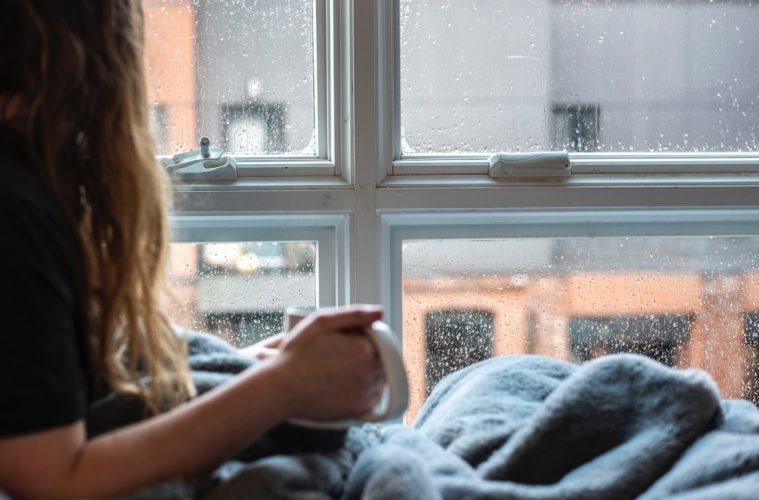Understanding Seasonal Affective Disorder: Identifying and Managing Depressive Symptoms Through Therapy
As the weather gets colder and the daylight hours shorter, many individuals experience a shift in mood and energy. Feeling down during the winter months is not uncommon. However for some people, this time of year brings about depressive symptoms that can be debilitating and interfere with their ability to carry out daily activities. This may indicate a mental health condition that is known as Seasonal Affective Disorder. In this article, we will take a look at what Seasonal Affective Disorder is, common signs and symptoms, and treatment that can help people to manage this condition and improve their quality of life.
For more information about therapy and improving mental health, visit BetterHelp.
The Basics of Seasonal Affective Disorder
Seasonal Affective Disorder (or SAD) is a form of depression in which an individual experiences depressive symptoms during the fall and winter months when there is a lack of sunlight. Symptoms typically improve when spring comes. It is thought that many individuals may not even be aware that they have SAD, or that there is a name for what they experience.
While the cause for SAD has not been identified, research has indicated that it may develop due to a combination of biological, environmental and psychological factors. Risk factors that may increase an individual’s likelihood of developing SAD include a family history of mental illness, having another mental health condition, and living in certain areas that have less daylight during the winter-time.
Signs and Symptoms of SAD
Living with SAD is much more than having the ‘winter blues’. When symptoms are present, they can be debilitating and significantly impact a person’s ability to function on a daily basis. The symptoms of SAD are similar to characteristics of major depression, which include:
- Persistent feelings of sadness, emptiness or hopelessness
- Increased anxiety or irritability
- Fatigue/decreased energy levels
- Changes in eating or sleeping patterns
- Difficulty concentrating
- Loss of interest in usual activities
- Social withdrawal
- Thoughts of suicide
If you or someone you care about is experiencing thoughts of suicide, reach out for help immediately through the National Suicide Prevention Helpline UK: 0800 689 5652.
Treatment for SAD
If you believe you may be experiencing signs of Seasonal Affective Disorder, it is crucial to reach out for support from your doctor or a mental health professional. They can discuss treatment options and help you determine a path moving forward. There is treatment available that can help you to manage your symptoms and improve your quality of life during the winter months.
Light therapy has been proven to be effective in the treatment of SAD. To engage in light therapy, an individual sits by a light box which acts as a substitute for lack of sunlight during the winter time. Using a light box consistently during the fall and winter may alleviate symptoms of depression for people living with SAD. Talk with your doctor before purchasing a light box, as it may not be appropriate for some individuals with specific health conditions.
Research has revealed that traditional talk therapy (such as cognitive behavioural therapy) is also a beneficial option in treating SAD that may produce lasting benefits. There are techniques that mental health professionals can employ relating specifically to SAD, such as challenging unhelpful thought patterns that may be present during the fall and winter months. Another helpful component called behavioural activation focuses on how individuals can continue to remain engaged in meaningful activities they enjoy to counter their desire to isolate when winter hits. Antidepressant medications may also be helpful for some people in alleviating depressive symptoms and improving mood.
There are also additional strategies that can be helpful for managing symptoms of SAD, such as getting as much sunlight as possible throughout the day, staying connected with others, and prioritising healthy habits such as following a nutritious diet and regular exercise.

Marie Miguel has been a writing and research expert for nearly a decade, covering a variety of health- related topics. Currently, she is contributing to the expansion and growth of a free online mental health resource with BetterHelp.com. With an interest and dedication to addressing stigmas associated with mental health, she continues to specifically target subjects related to anxiety and depression.





